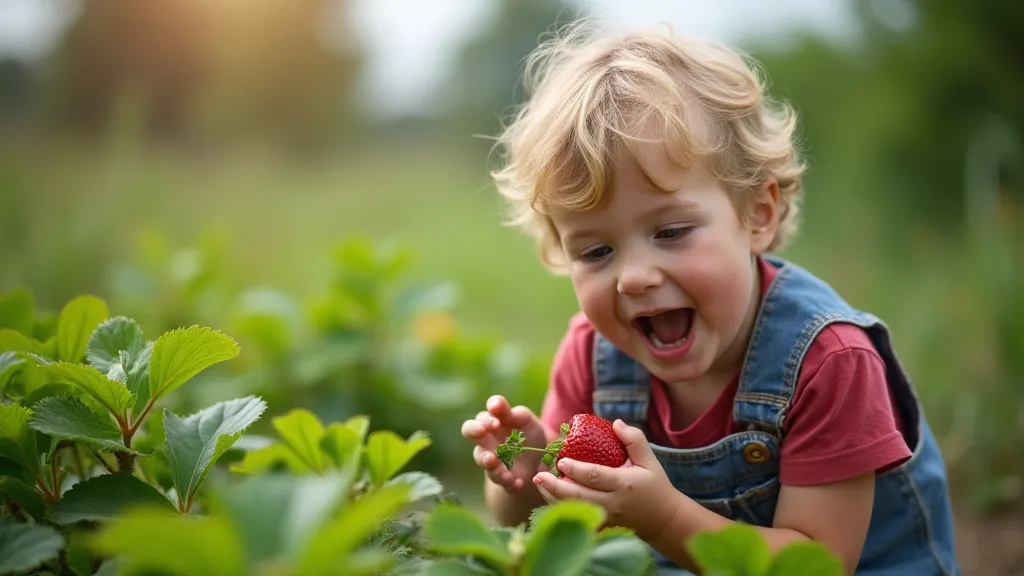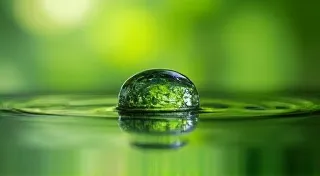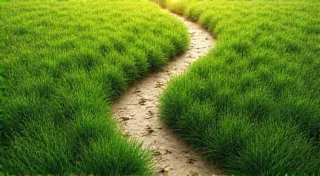Growing Your Own Food: A Beginner's Guide to Sustainable Gardening
Reconnect with nature and grow your own food! This guide provides the basics of sustainable gardening for beginners.
Why Grow Your Own Food?
In a world increasingly concerned about environmental impact and food security, growing your own food is a remarkably rewarding and impactful activity. It's more than just a hobby; it's a step towards a more sustainable lifestyle. Here’s why you should consider getting your hands dirty:
- Reduces Your Carbon Footprint: Food miles – the distance food travels from farm to table – contribute significantly to greenhouse gas emissions. Growing your own eliminates this factor.
- Healthier Food: You control the entire process, ensuring your produce is free from harmful pesticides and herbicides. Think of the ripple effect – lessening your demand for conventionally grown produce and encouraging more sustainable practices across the food system. It’s a mindful act of contributing to a healthier planet, a concept echoed in practices of eco-friendly living that extend beyond the garden.
- Improved Food Security: Growing your own food offers a buffer against rising food prices and potential supply chain disruptions.
- Connects You with Nature: Gardening is therapeutic and allows you to reconnect with the natural world.
- Saves Money: While there’s an initial investment, the long-term cost savings on groceries can be significant.
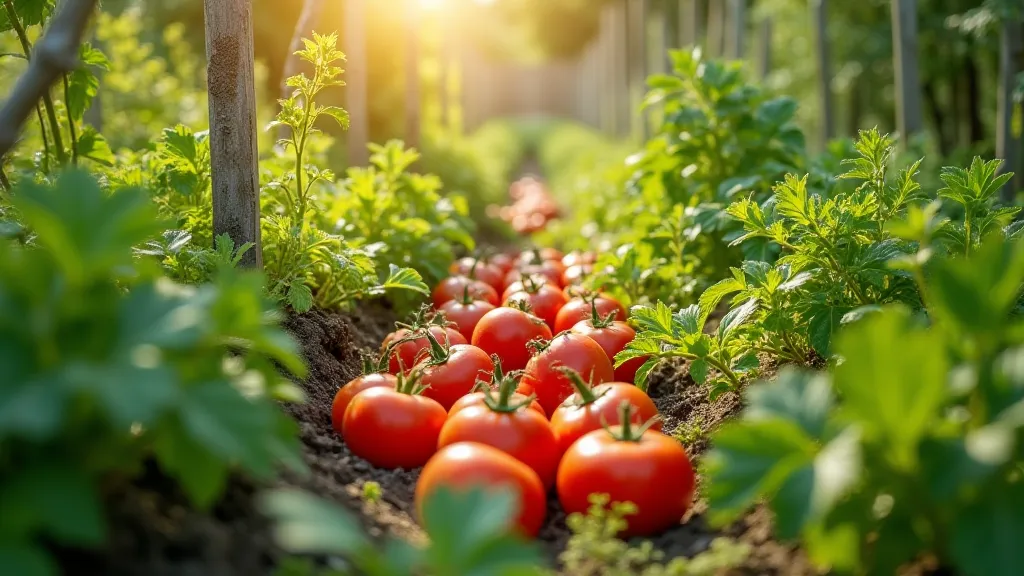
Getting Started: The Basics of Sustainable Gardening
1. Planning Your Garden
Before you even touch the soil, careful planning is essential. Consider these factors:
- Sunlight: Most vegetables need at least 6 hours of direct sunlight per day. Observe your yard throughout the day to determine the sunniest spots.
- Space: You don’t need a large yard! Container gardening is a great option for balconies, patios, or small spaces. This mindful reduction in consumption, choosing quality over quantity, resonates with a broader philosophy – a practice of intentional living that’s also reflected in choices regarding sustainable fashion.
- Soil: Healthy soil is the foundation of a thriving garden. Get a soil test to determine pH and nutrient levels.
- What to Grow: Start with easy-to-grow vegetables like lettuce, tomatoes, zucchini, and herbs.
2. Soil Preparation
Sustainable gardening prioritizes soil health. Avoid synthetic fertilizers and pesticides. Instead:
- Composting: Turn kitchen scraps and yard waste into nutrient-rich compost. This cycle of renewal is a cornerstone of sustainable living, mirroring the conscious effort to reduce waste and minimize environmental impact across all aspects of our lives.
- Cover Cropping: Plant cover crops to improve soil structure and fertility.
- No-Till Gardening: Minimize soil disturbance to preserve beneficial microbes and improve water retention.
3. Choosing Your Plants
Opt for organic and heirloom varieties whenever possible. Heirloom varieties are open-pollinated, meaning you can save their seeds and replant them year after year. Consider your local climate and growing season when selecting plants. Often, choosing heirloom seeds is a deliberate act of resisting mass-produced goods and embracing traditions, a sentiment very much aligned with the mindful approach to gift-giving— opting for eco-friendly gifts that are both thoughtful and sustainable.
4. Watering and Maintenance
Water deeply and less frequently to encourage strong root growth. Mulch around your plants to retain moisture and suppress weeds. Regularly check for pests and diseases, and address them with natural remedies. Consider the entire lifecycle of your plants – from seed to harvest – and reflect on the impact of your choices, similar to how one might consider the origin and production of the items they choose to purchase.
5. Harvesting and Enjoying Your Bounty
Harvest vegetables when they are ripe and enjoy the fruits (and vegetables!) of your labor. Share your abundance with friends and neighbors. This act of sharing is a tangible way to build community and promote sustainable practices, echoing the broader movement toward reclaiming narratives in a consumerist world – a world where we increasingly seek meaning and connection beyond material possessions.
Sustainable Gardening Practices
Going beyond the basics, sustainable gardening focuses on long-term soil health and ecological balance.
- Water Conservation: Use efficient watering methods like drip irrigation.
- Pest Control: Encourage beneficial insects like ladybugs and lacewings.
- Crop Rotation: Rotate crops annually to prevent soil depletion and disease.
- Companion Planting: Plant certain vegetables together to benefit each other (e.g., basil and tomatoes). This holistic approach to gardening, acknowledging the interconnectedness of all living things, emphasizes the importance of considering the wider environmental context.
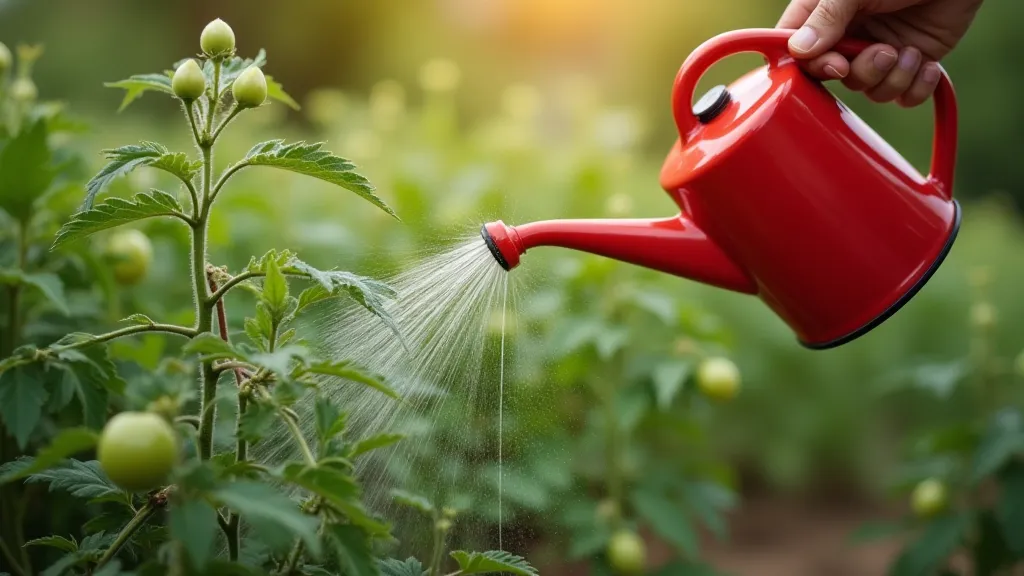
Resources for Beginner Gardeners
Numerous resources are available to help you succeed in your sustainable gardening journey:
- Local Extension Office: Your local extension office offers gardening advice and workshops.
- Online Forums and Communities: Connect with other gardeners online.
- Books and Articles: Expand your knowledge with gardening books and articles.
Expanding Your Sustainable Lifestyle
Sustainable gardening isn't just about growing food; it’s a gateway to a more mindful and eco-conscious lifestyle. The principles you learn in the garden – minimizing waste, conserving resources, and respecting natural cycles – can be applied to all aspects of your life.
Consider the impact of your consumer choices, from the clothes you wear to the cleaning products you use. Opt for durable, ethically sourced items that minimize environmental impact and support sustainable businesses. Remember, every small change makes a difference!
The desire for authenticity and a rejection of fast-paced consumerism also plays a significant role in our desire to connect with nature and grow our own food. The simple act of tending to a garden, of witnessing the miracle of a seed transforming into a plant, can be profoundly grounding and restorative. It offers a welcome respite from the noise and demands of modern life.
Ultimately, sustainable living isn’t about perfection; it’s about progress. It’s about making conscious choices that align with your values and contribute to a healthier planet for generations to come. Embrace the journey, learn from your mistakes, and celebrate your successes. And most importantly, enjoy the process of reconnecting with nature and cultivating a more sustainable future.
Troubleshooting Common Gardening Challenges
Even experienced gardeners face challenges. Here are a few common issues and how to address them:
- Poor Soil: Amend your soil with compost and other organic matter. Consider a raised bed or container gardening.
- Pest Infestations: Introduce beneficial insects, use natural pesticides like neem oil, and practice crop rotation.
- Disease: Ensure good air circulation, avoid overwatering, and choose disease-resistant varieties.
- Lack of Sunlight: Move plants to sunnier locations or choose shade-tolerant varieties.
Beyond the Garden: Sharing Your Passion
Once you’re comfortable with the basics, consider sharing your passion for sustainable gardening with others. Start a community garden, teach a workshop, or simply share your harvests with friends and neighbors. By inspiring others, you can help to create a more sustainable and resilient food system.
